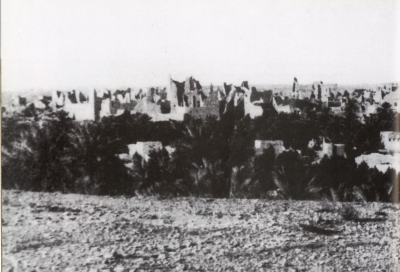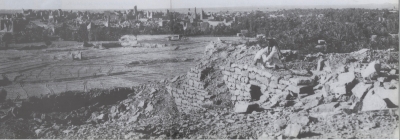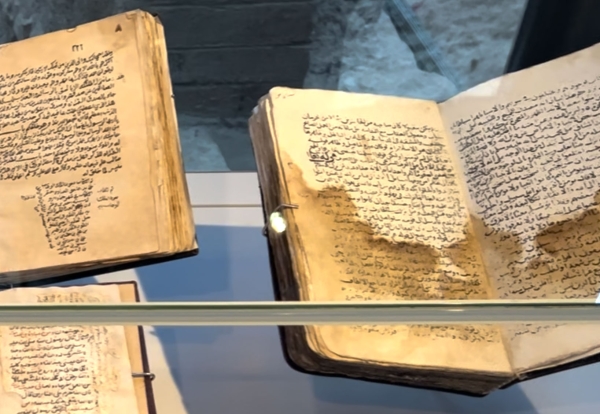
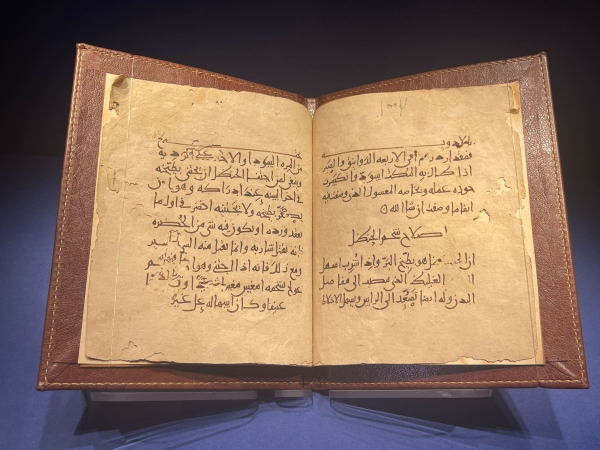
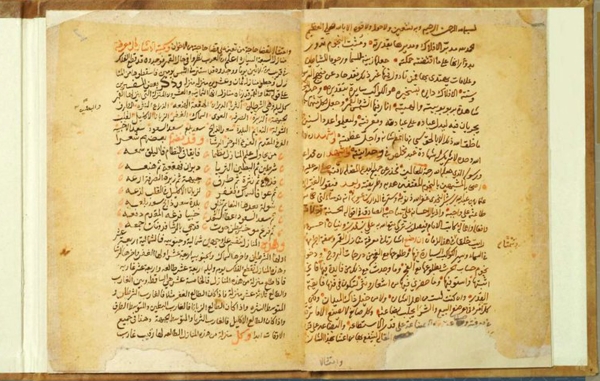
Manuscripts in Najd were scientific mediums used in the region during the era of the First and Second Saudi States. They served as a key component of the thriving intellectual movement at the time, prompting scholars, readers, and copyists in Najd to actively preserve and circulate knowledge through manuscripts, ensuring their continued benefit.
The Importance of Manuscripts in Najd
During the First and Second Saudi States, the people of Najd recognized the significance and value of manuscripts. This led to a structured use of manuscripts, including documenting societal events, recording new developments, and preserving scholarly works. The value of manuscripts was so high that paper "Qirtas" became a highly prized gift exchanged among students of knowledge. Some scholars and students of knowledge would seize the opportunity of Hajj seasons and trade expeditions to purchase paper, often imported from the Hejaz or the eastern Arabian Peninsula. The rulers of the state also played a role in facilitating access to paper, purchasing it and distributing it to students of knowledge.
Copying and Scribing in Najd
The term "waraqa" (scribing) was well-known among scholars and students of knowledge in Najd during the First and Second Saudi States. It referred to the practice of copying books and manuscripts, and those engaged in this craft were called "warraq" (scribes). This profession was taken up by interested students of knowledge, scholars, or individuals with fine handwriting. Some affluent scholars even employed groups of scribes to copy the books they and their students needed.
Among the well-known scribes in Najd were Abdulrahman Bin Muhammad al-Suhaimi whose manuscripts of the Quran in his handwriting were found dating back to 1750, Muhammad Bin Mubarak al-Mubarak who died in 1820 had copied several copies of the Quran, Historian Muhammad Bin Abdullah Bin Yusuf who engaged in copying books and documents, Suleiman Bin Abdullah Bin Muhammad Bin Abdulwahab, and Hamad bin Muhammad Bin Nasser La'boun who died in 1844.
Types of Manuscripts in Najd
The manuscripts written and copied by the people of Najd covered various scientific fields, including:
- Jurisprudence, Hadith, Tafsir, and Tawheed: These were the most prevalent types of manuscripts in Najd. Notable authors included Ahmad Bin Yahya Bin Atwah, Ahmad al-Manqour, and Muhammad Bin Abdulwahab.
- Historical Science: The people of Najd placed great value on historical writing, adopting an annalistic method with precise chronological order. Their works extended beyond Najd, covering neighboring regions such as al-Ahsa, Hejaz, Iraq, and Egypt.
- Biographical Science: The people of Najd were interested in biographical and genealogical documentation. Notable authors included Muhammad Bin Abdullah Bin Humaid and Ibrahim Bin Issa.
- Astronomy: Astronomy was an essential science in Najd, used to determine prayer times, lunar months, and navigation in deserts. Notable authors included Othman Bin Bishr and Saleh Bin Othman al-Qadhi.
- Medicine: The people of Najd took an interest in medical science, copying many manuscripts for treating illnesses and epidemics that periodically spread.
- Mathematics: Though limited, the knowledge of arithmetic in Najd focused on basic operations (addition, subtraction, multiplication, and division). Some individuals mastered it for practical applications in trade and commerce. A notable author in this field was Abdulaziz Bin Muhammad Bin Turki.
- Linguistics: Arabic language studies received special attention from Najdi scholars. Prominent authors included Othman Bin Qaed and Saleh al-Sayegh, who wrote commentaries on major Arabic grammar books like Qatr Al-Nada wa Ball Al-Sada (A Drop of Dew and the Echo's Quenching) and Al-Ajurrumiyya.
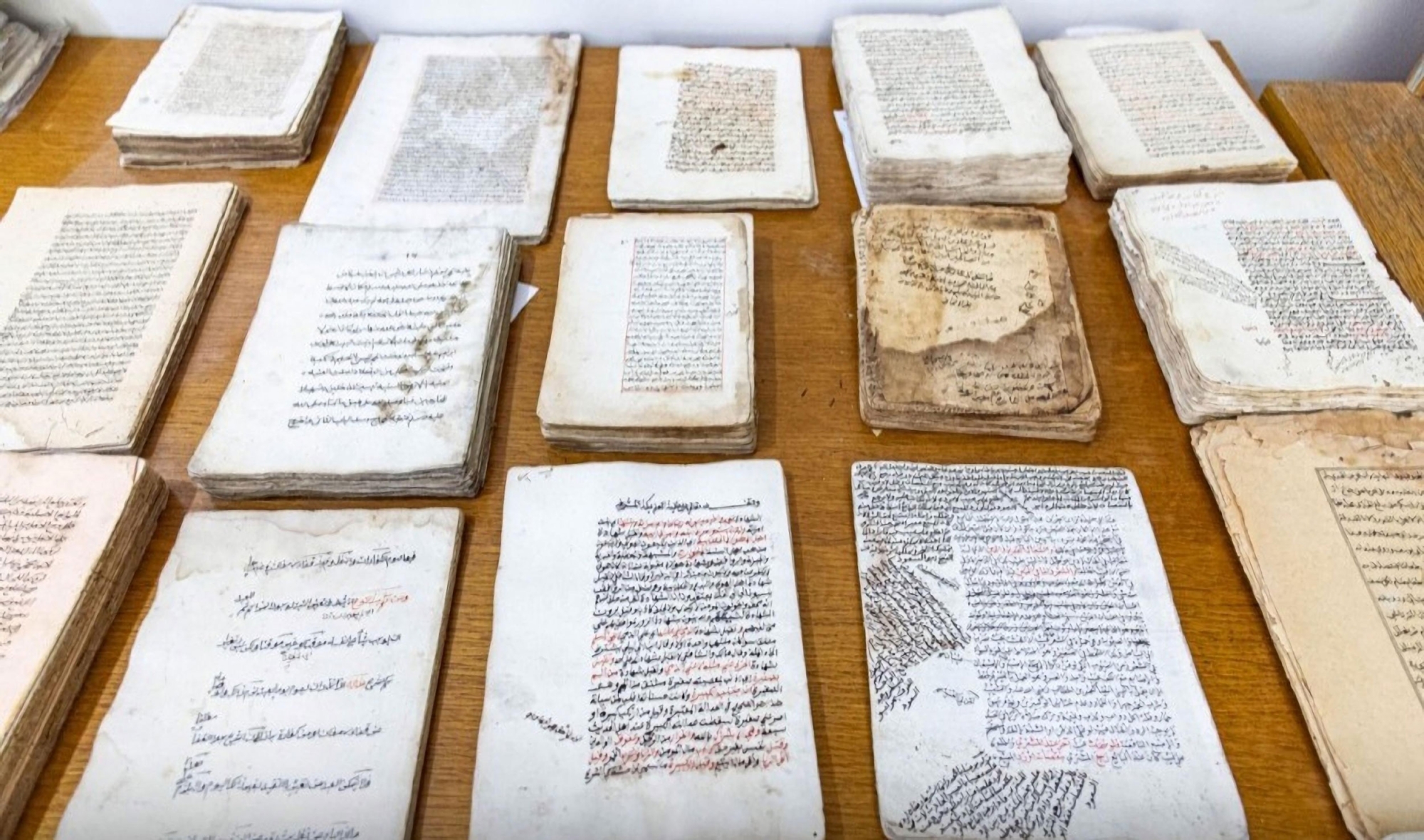
Methods of Manuscript Circulation in Najd
Scholars and students of knowledge in Najd employed several methods to exchange manuscripts, including:
- Copying: The process of manually rewriting manuscripts, either voluntarily, for payment, or as a requirement set by a scholar, who is often the one directing the copying of major works in jurisprudence, Hadith, Tafsir, and some fundamental academic texts. Some scholarly families ensured the availability of manuscripts by dedicating a group of copyists to reproduce books for students.
- Commissioned Copying: A practice where a scholar, an imam, or a merchant ordered professional scribes to copy manuscripts for a fee. Some Najdi manuscripts contained documentation of this process, with references to the commission and the name of the scribe.
- Buying and Selling: While Najd lacked dedicated book markets, manuscripts were traded during commercial trips to neighboring regions. Books from deceased scholars were often sold, and students of knowledge were keen to acquire them, particularly if they belonged to renowned scholars.
- Gifting: Scholars in Najd frequently gifted manuscripts, especially to scholars outside Najd.
- Inheritance: Some scholars bequeathed their manuscripts to their scholarly children or those who valued them. However, some inherited manuscripts were later purchased by students and transferred outside Najd.
The Najdi Historical Manuscript
This manuscript documents the history of Najd from 1446 to 1871, using the Islamic Hijri annalistic method. Its author relied on written sources and oral accounts, and in some cases, was an eyewitness to events, providing detailed descriptions, especially regarding the fall of the First Saudi State and the rise of the Second Saudi State.
Topics covered in The Najdi Historical Manuscript include the history of the Saudi state, economic and social events, meteorological phenomena such as rainfall, winds, eclipses, and pandemics, and notable deaths.
Related quizzes
Related articles

